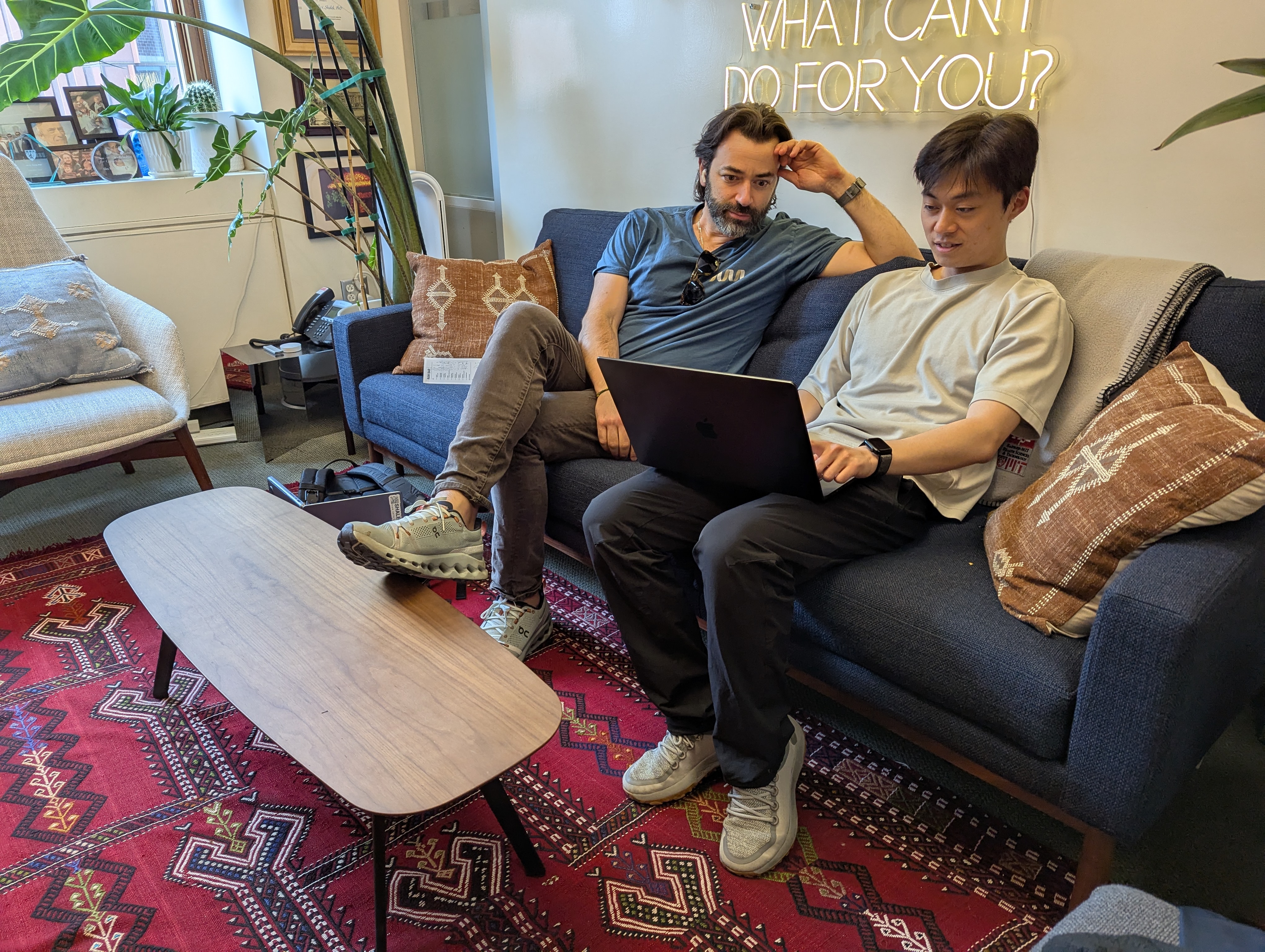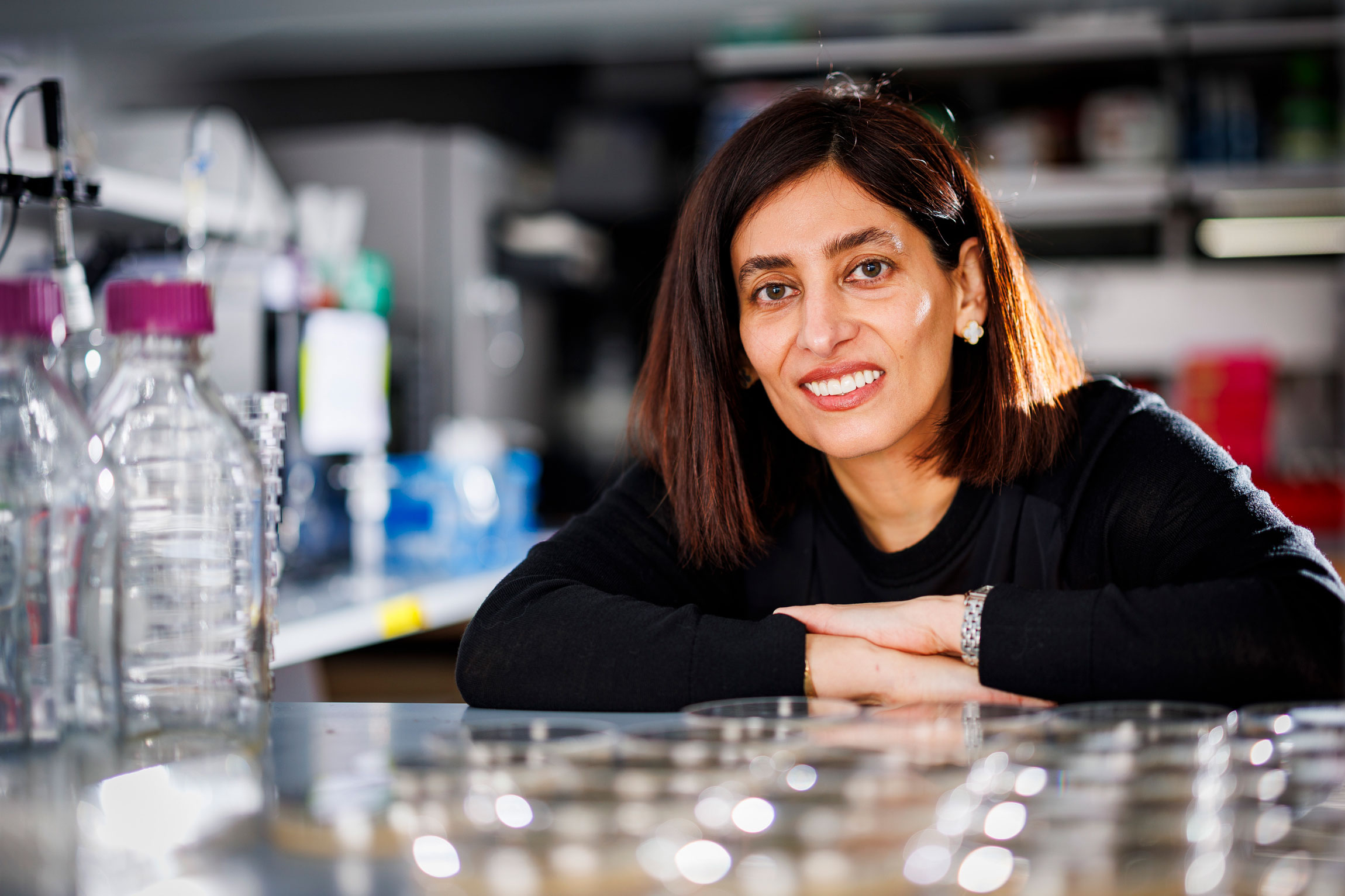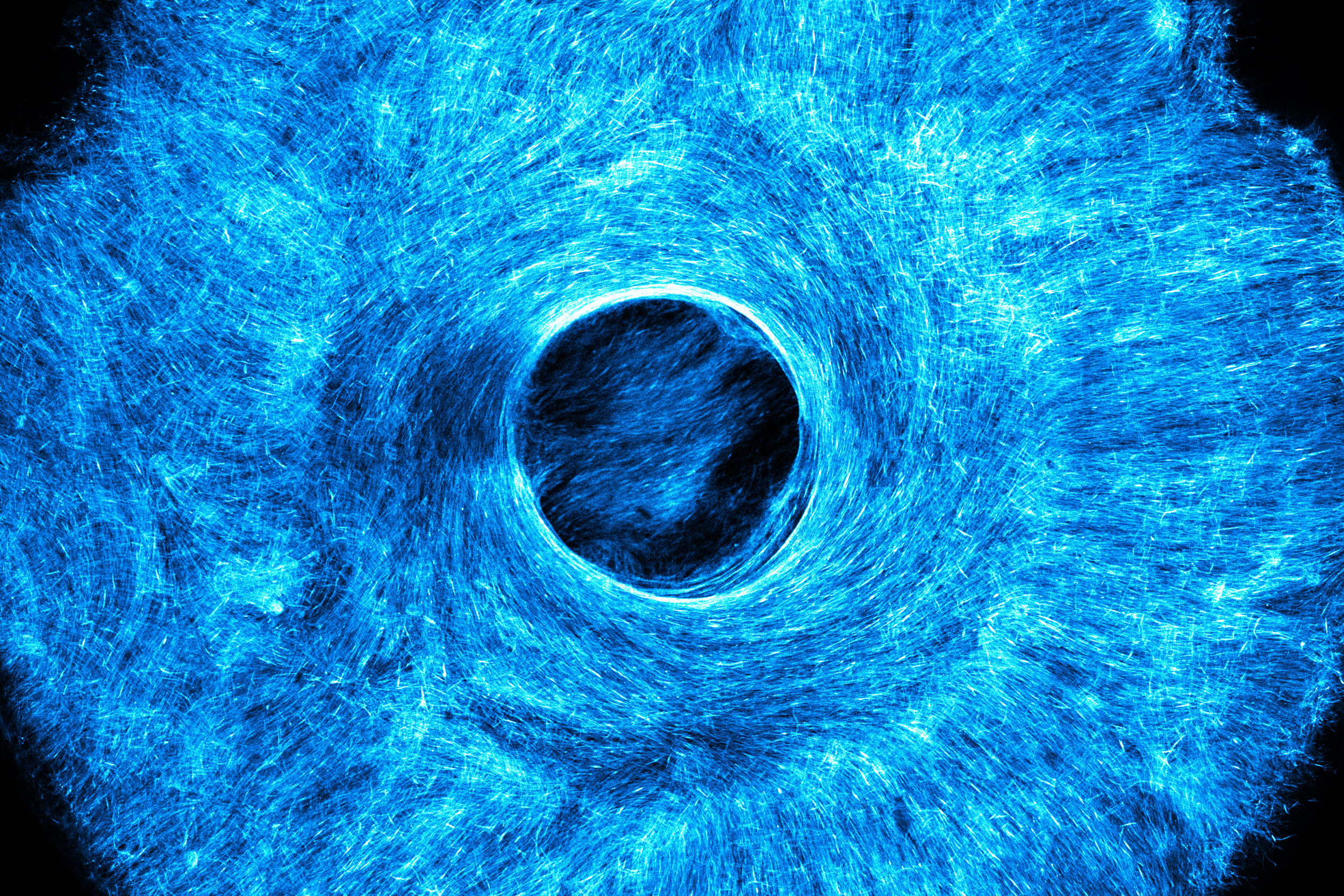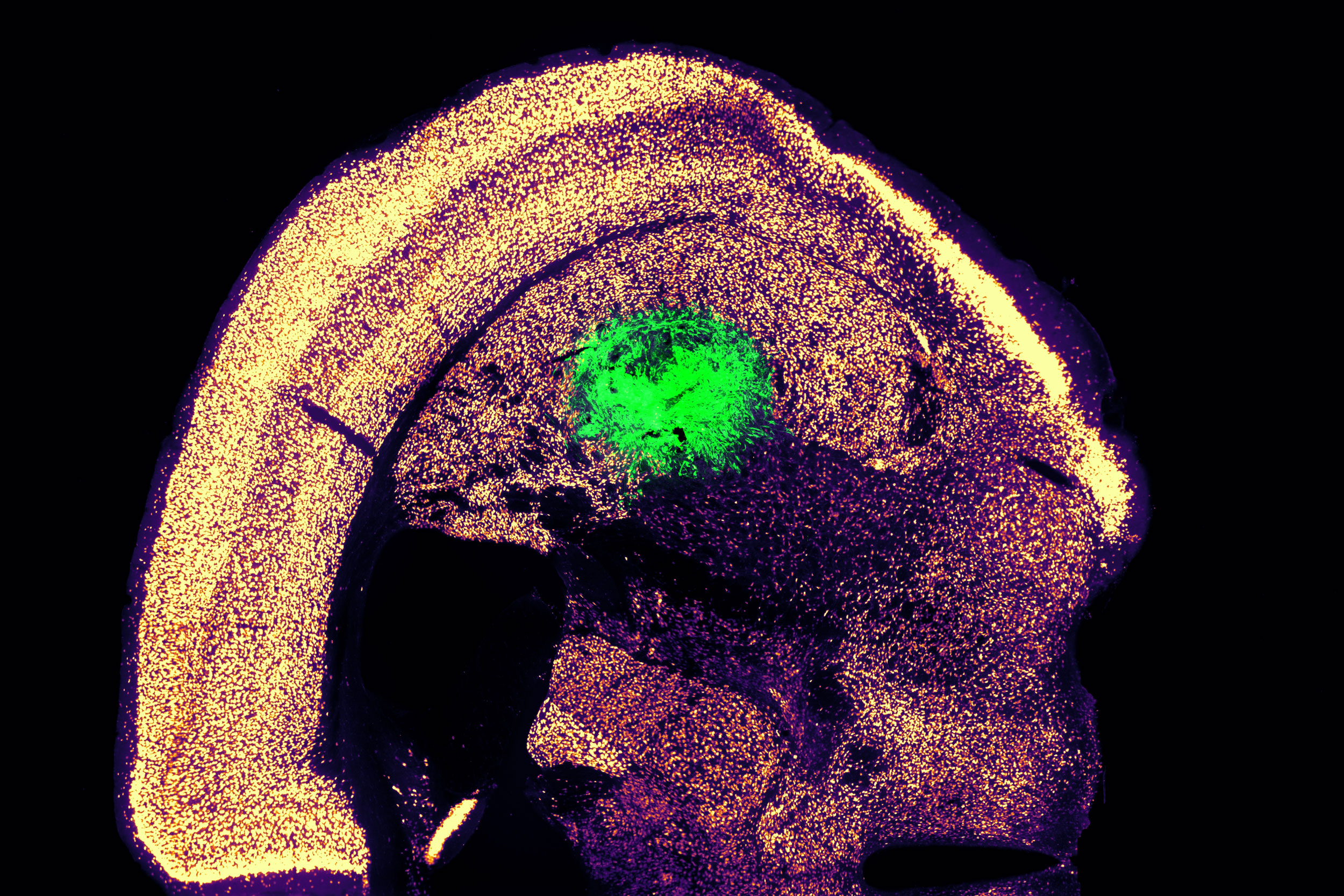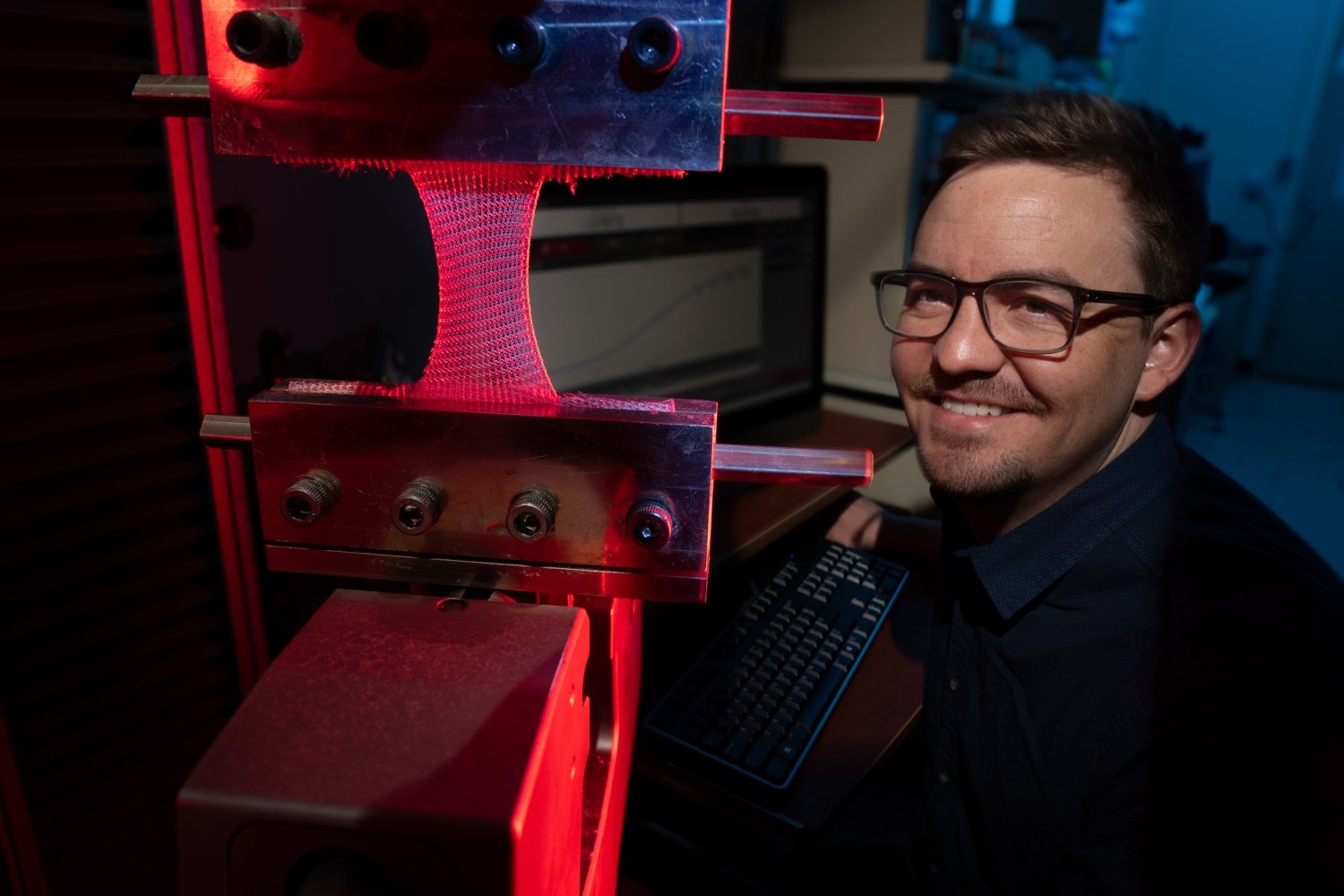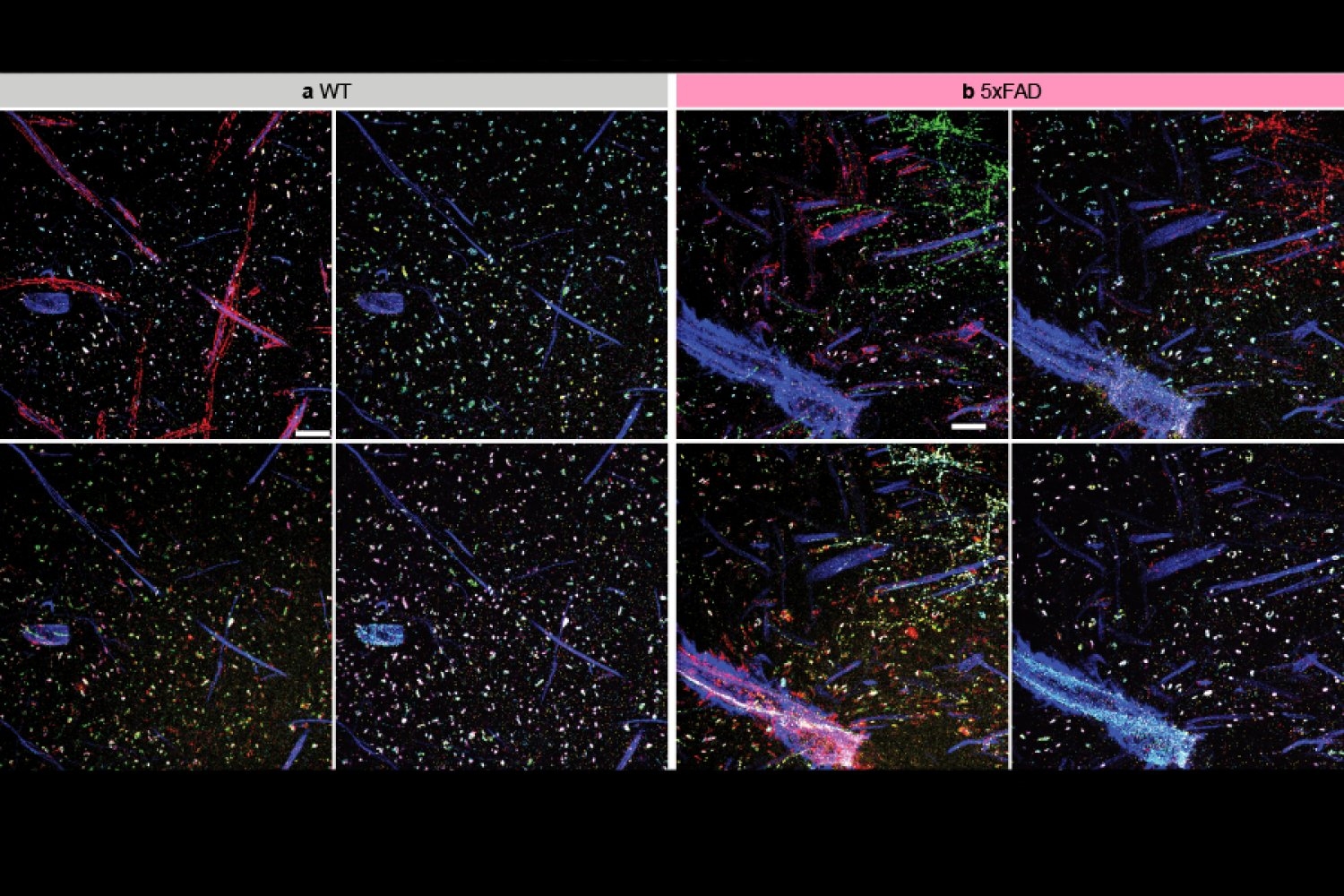A brief history of expansion microscopy
Since an MIT team introduced expansion microscopy in 2015, the technique has powered the science behind kidney disease, plant seeds, the microbiome, Alzheimer’s, viruses, and more.
Jennifer Michalowski | McGovern Institute for Brain Research •
mit
April 23, 2025 • ~13 min
April 23, 2025 • ~13 min
‘Pac-Man with a ponytail’ proteins regulate everything from night vision to heartbeats – studying what GRKs look like could improve an array of drugs
Master switches of cell communication, G protein-coupled receptor kinases are the target of many drugs across a range of diseases.
Priyanka Naik, Ph.D. Candidate in Structural Biology, Purdue University •
conversation
March 7, 2025 • ~7 min
March 7, 2025 • ~7 min
/
66

